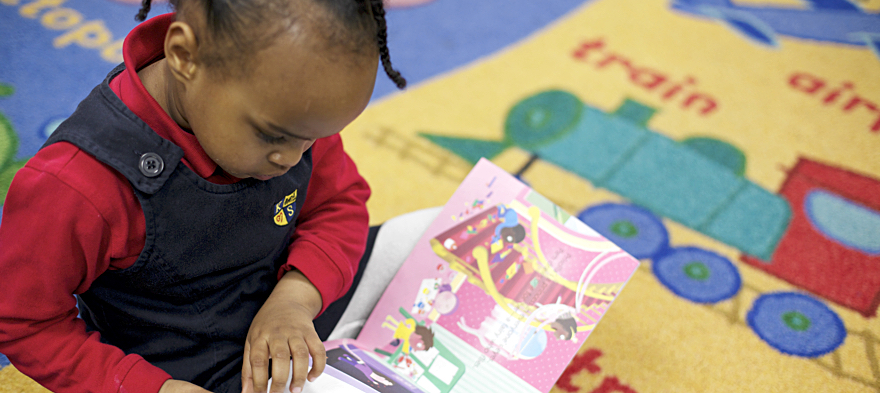
We’re in the midst of a back-to-school season like no other. The COVID-19 pandemic has raised lots of questions about how to safely and effectively keep kids learning when traditional classroom teaching isn’t an option. Many schools across the U.S. are focusing on virtual learning for the time being, with classes being held primarily or exclusively online.
Meanwhile, parents from all walks of life are worried about how to make sure their kids are keeping up. Affluent parents have hired tutors or forming learning “pods” with their friends and neighbors. Other families are struggling just to access a stable internet connection or the basic technology their kids need for class, like a laptop with a webcam. These inequities aren’t unique to virtual learning; they are reflections of the opportunity gaps that existed in American education long before the pandemic and are only widening now.
I know that these issues of systemic inequity will not be resolved overnight, or even by the end of this school year. But there’s one crucial learning activity that every child—no matter their circumstances—can do right now, at home: reading.
There’s a reason that Harriett Ball—the master teacher who inspired the creation of KIPP—urged her students, “You gotta read, baby, read!” [pullquote]Independent reading, where students choose the books they read and are given dedicated time to read on their own, has benefits that go way beyond the written page.[/pullquote]
Research shows students who read independently not only become better readers, but have greater knowledge in all subject areas and score higher on achievement tests, compared to those who do not. The amount of reading done outside of school hours can improve a child’s vocabulary, reading comprehension and verbal fluency. And the greater their reading skills, the more prepared students are to understand and dive into other subjects at school.
Independent reading is also fun! It’s a way for students to explore new subjects at their own pace, to exercise their imaginations and connect with their creativity. Even though there’s a lot that’s stressful about our virtual learning environment right now, students can still enjoy the familiar pleasure of diving into a good book.
So how can we encourage students to keep reading all school year long?
Of course, no matter what strategies you use, make sure to keep track of all the books your students are reading and set individualized goals for how many books each student hopes to read.
There’s a lot we still don’t know about teaching and learning in a pandemic. But one thing we do know is that when kids read, they learn.
Daniel Sonnier is Senior Director, Literacy Achievement K-8 Academics for KIPP Foundation.
If you have a child with disabilities, you’re not alone: According to the latest data, over 7 million American schoolchildren — 14% of all students ages 3-21 — are classified as eligible for special...
The fight for educational equity has never been just about schools. The real North Star for this work is providing opportunities for each child to thrive into adulthood. This means that our advocacy...
The story you tell yourself about your own math ability tends to become true. This isn’t some Oprah aphorism about attracting what you want from the universe. Well, I guess it kind of is, but...
Your donations support the voices who challenge decision makers to provide the learning opportunities all children need to thrive.
Ed Post is the flagship website platform of brightbeam, a 501(c3) network of education activists and influencers demanding a better education and a brighter future for every child.
© 2020–2024 brightbeam. All rights reserved.